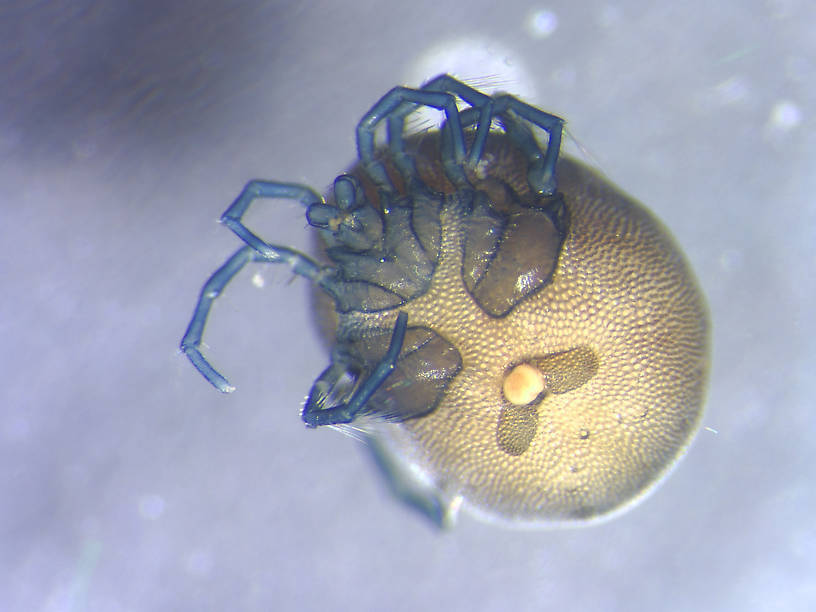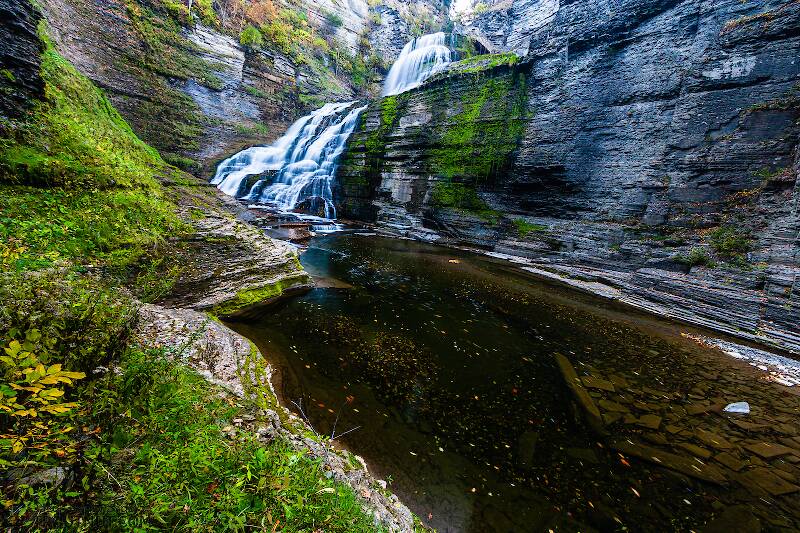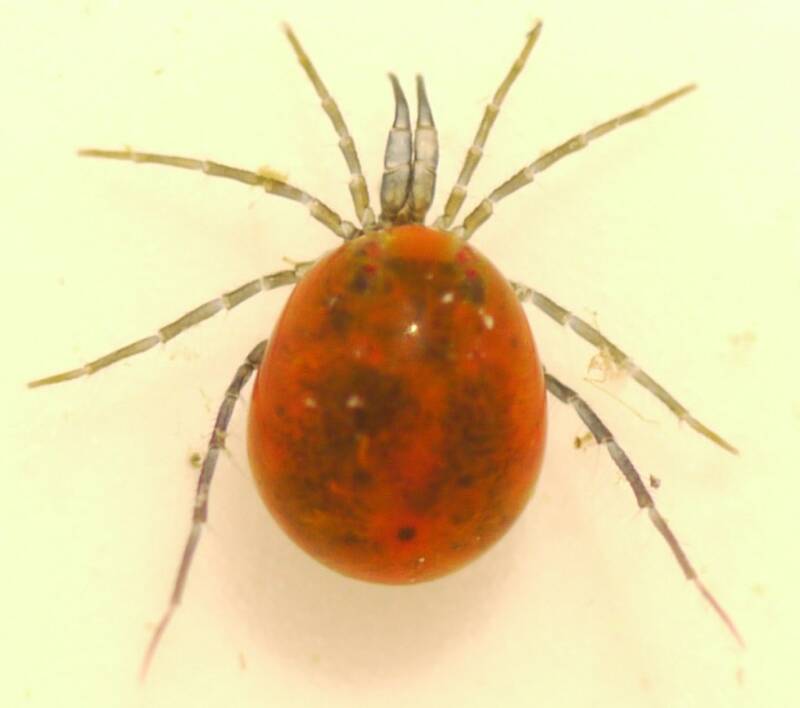
Salmonflies
Pteronarcys californica
The giant Salmonflies of the Western mountains are legendary for their proclivity to elicit consistent dry-fly action and ferocious strikes.
Featured on the forum

This is the first of it's family I've seen, collected from a tiny, fishless stream in the Cascades. The three species of this genus all live in the Northwest and are predators that primarily eat stonefly nymphs Merritt R.W., Cummins, K.W., and Berg, M.B. (2019).

Troutnut is a project started in 2003 by salmonid ecologist Jason "Troutnut" Neuswanger to help anglers and
fly tyers unabashedly embrace the entomological side of the sport. Learn more about Troutnut or
support the project for an enhanced experience here.

Water mites are common in lakes and ponds but because they are so small they do not get noticed.These specimens are from temporary wetlands in Glacier National Park.
Jmd123 on Sep 19, 2011September 19th, 2011, 9:32 am EDT
I've seen a lot of large red water mites in [REDACTED] Pond while snorkeling there. They must not taste good to fish, probably one reason for the red color, as they are both very obvious and swim freely thorugh the water. I did see a water scorpion (Ranatra sp.) sucking on one of them in there, though...
Jonathon
Jonathon
No matter how big the one you just caught is, there's always a bigger one out there somewhere...



